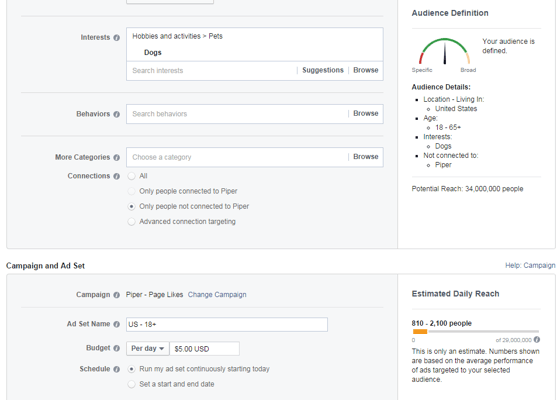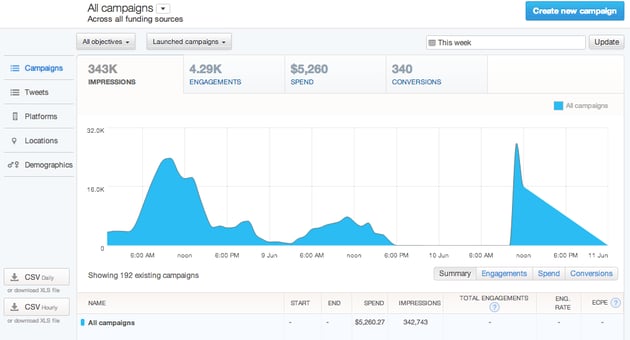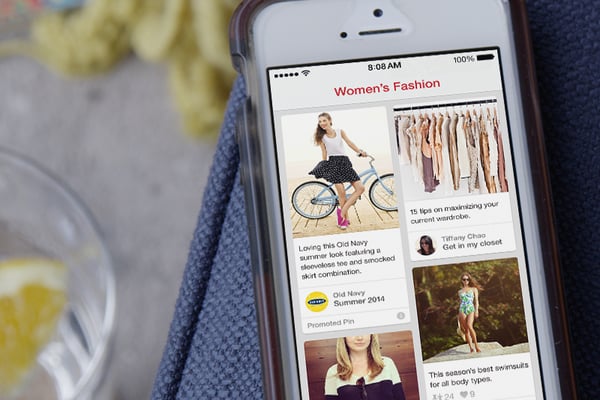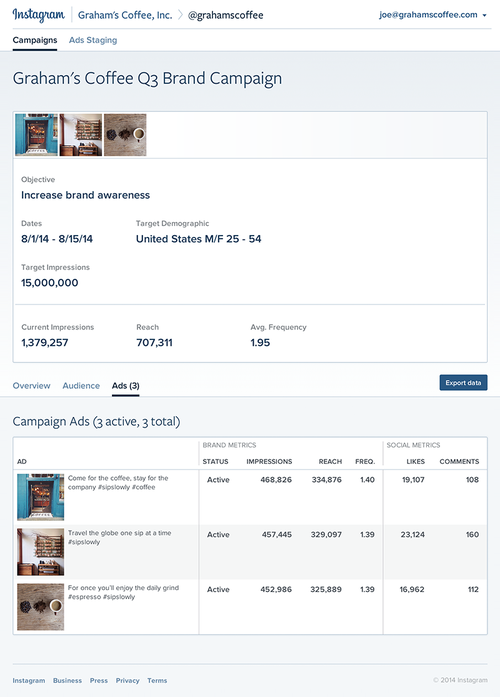Quick Guide to Advertising on Social Media

Social networks provide a free service that enables both people and businesses alike to connect and stay in-touch with acquaintances across the globe.
As social networks look to monetize their platforms, however, it is becoming a necessity for brands with a presence on these networks to pay for better placement and visibility in the News Feed and search results. Fortunately, advertising on social networks doesn't have to be a headache. In fact, the majority of social platforms offer intuitive ad tools that can help businesses not only improve their social engagement, but their website engagement too.
Before you get started with your business's social advertising initiatives, make sure to check out this quick guide for advertising on the Web's top social networks below:
Being the pioneer of social advertising, Facebook offers a large variety of ad formats and targeting options to brands. Marketers simply need to choose their ad format based on the goal of their ad (e.g. increase page post engagement, page likes, clicks to website, website conversion, etc.) and are then able to target the audience the ad will reach with filters like location, demographics, interests, behaviors, connections and more.
The best part about advertising on Facebook, however, is the ease of use. This is because the social network offers a guided tool to make the entire process simple for all users - from the social savvy to the social rookies. For example, Facebook provides insights into the targeted audience and estimated daily reach of campaigns during the ad creation process. These tools help marketers make data-driven decisions before launching a campaign.

Similar to Facebook, Twitter also offers objective-based campaigns. This means that marketers can choose their ad format based on the intended goal of their advertisement, such as gaining more followers, increasing website clicks or conversions, boosting tweet engagement or growing app installs. Additionally, marketers can choose to advertise in the trending topic section of the Twitter feed via the Promoted Trends option.
When it comes to targeting, marketers have a variety of options. In fact, Twitter enables marketers to target audiences with filters like gender, demographic, location, language, interest, device type and more. Perhaps the star of Twitter's ad platform, however, is its analytics offering. For instance, Twitter's promoted tweets and accounts dashboard offers valuable performance metrics for ad campaigns including impressions, clicks, follows, follow rate, cost per follow and engagement rate. Marketers can also use the analytics dashboard to look at performance metrics on a more granular level, enabling them to identify how campaigns resonate based on targeting criteria.

Pinterest is still testing the advertising waters with its Promoted Pin feature. The social network began rolling out paid tests for this advertisement format back in May. Promoted Pins essentially enable brands to increase their visibility by promoting content within the search results and category feeds. It is important to note, however, that brands are only required to pay when an audience member clicks through on the pin to the brand's website. Although this feature is still being tested, brands that are interested in leveraging Promoted Pins when they become available to the general public can join Pinterest's waiting list.

Similar to Pinterest, Instagram is still getting its feet wet in the social advertising waters. The image-based social network initially launched ads for a handful of brands in Oct. 2013. According to the social network the ad results are promising, with data revealing that Levi's reached 7.4 million people in the U.S. in a nine-day period.
That said, Instagram decided to bolster its ad platform with a set of new business tools back in August. The tools aim to provide brands with account insights to help marketers monitor brand awareness through impression, reach and engagement data. According to Instagram, these business tools will be released to more brands later in 2014, which could mean that the social network's ads will be made available to more brands too.


Subscribe to Our Newsletter!
Latest in Social Media










